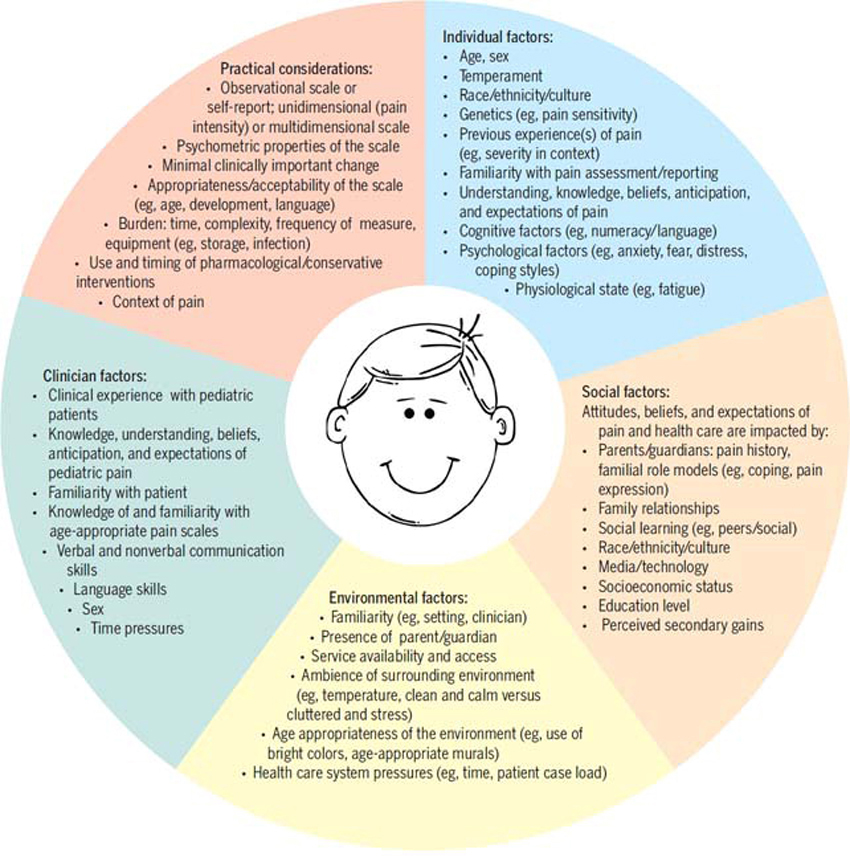Chiropractic Care during Pregnancy: Survey of 100 Patients Presenting to a Private Clinic in Oslo, Norway
J Clin Chiro Peds 2010 (Dec); 11 (2): 771—774 ~ FULL TEXT
Elisabeth Aas-Jakobsen, BS, DC, MSc and Joyce E. Miller, BS, DC, DABCO
Private practice,
Oslo, Norway
Introduction
Musculoskeletal (MSK) problems in pregnancy constitute a tremendous cost to society, both in regards to sick leave and chronic pain, and are a major public health concern. (In Norway one-third of all pregnant women are on sick leave at any given time, and many of these because of back pain). There is little agreement on the best treatment for the various MSK problems in pregnancy and very little is known about the efficacy of chiropractic treatment in pregnancy. However, chiropractic care has been shown to be both popular with patients during pregnancy, as well as being considered safe and appropriate by chiropractors. The purpose of this paper is to describe a survey which investigated the characteristics of pregnant women who sought chiropractic care in Norway.
Methods
There are more articles like this @ our:
The design of this study was a cross-sectional survey which was designed to collect demographic data from the first 100 pregnant women who presented in consecutive order within a specific time frame to a chiropractic clinic in Oslo, Norway. The data were abstracted from patient records of new patients who were pregnant and consulted the clinic from September 2007 to December 2008. Only the data from treatments during pregnancy were used; treatments after the end of pregnancy were not included. Only the data that systematically had been recorded in all the files were used. Inclusion criteria were that the patients were pregnant on presentation to the clinic, that they spoke Norwegian and received more than one treatment. If they had sought other treatment earlier in the same pregnancy, they were still included. Exclusion criteria were receiving only one treatment (to avoid patients travelling through the area, and to avoid any assumptions of patients potentially not returning after the first treatment where it was impossible to re-interview or re-examine the patient). Only treatments during pregnancy were included. Episode of care was throughout the pregnancy, and did not extend past pregnancy.
Read the rest of this Full Text article now!






Leave A Comment